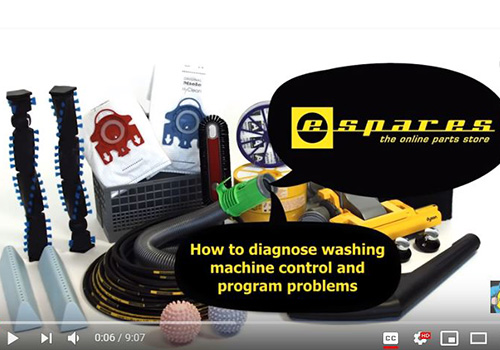Diagnosing control and program problems in a washing machine can be challenging, but with the right approach, it can be done efficiently. The first step is to check for any error codes displayed on the control panel. Many modern washing machines come equipped with a built-in diagnostic system that shows error codes when there’s a malfunction.
If an error code is displayed, refer to the washing machine’s manual or the manufacturer’s website for the specific meaning of the code. This could help pinpoint whether the problem lies with the control board, the motor, or another key component of the washing machine.
If no error codes are displayed, the next step is to test the washing machine’s cycle program. Start by selecting different wash cycles to see if the issue persists across multiple settings. For example, if the washing machine is failing to start or complete a cycle, it could be related to a faulty timer or control board.
Listen for any unusual sounds or pauses during the cycle. If the machine makes strange noises or stops unexpectedly, it might indicate a problem with the control board or the wiring connections between the control system and the rest of the machine.
Another important factor to consider is the power supply to the washing machine. Sometimes, control or program issues can arise due to a weak or inconsistent power source. Check if the washing machine is properly plugged in and that the electrical outlet is functioning correctly.
Also, inspect the machine’s power cord for any visible damage. If everything appears intact, but the issue persists, you may need to reset the washing machine or test the control board and its connections for any faults. In some cases, replacing the control board or a malfunctioning component may be necessary to restore full functionality.
Watch this video, Josh shows you how to diagnose washer washing machine main control and program problems.


